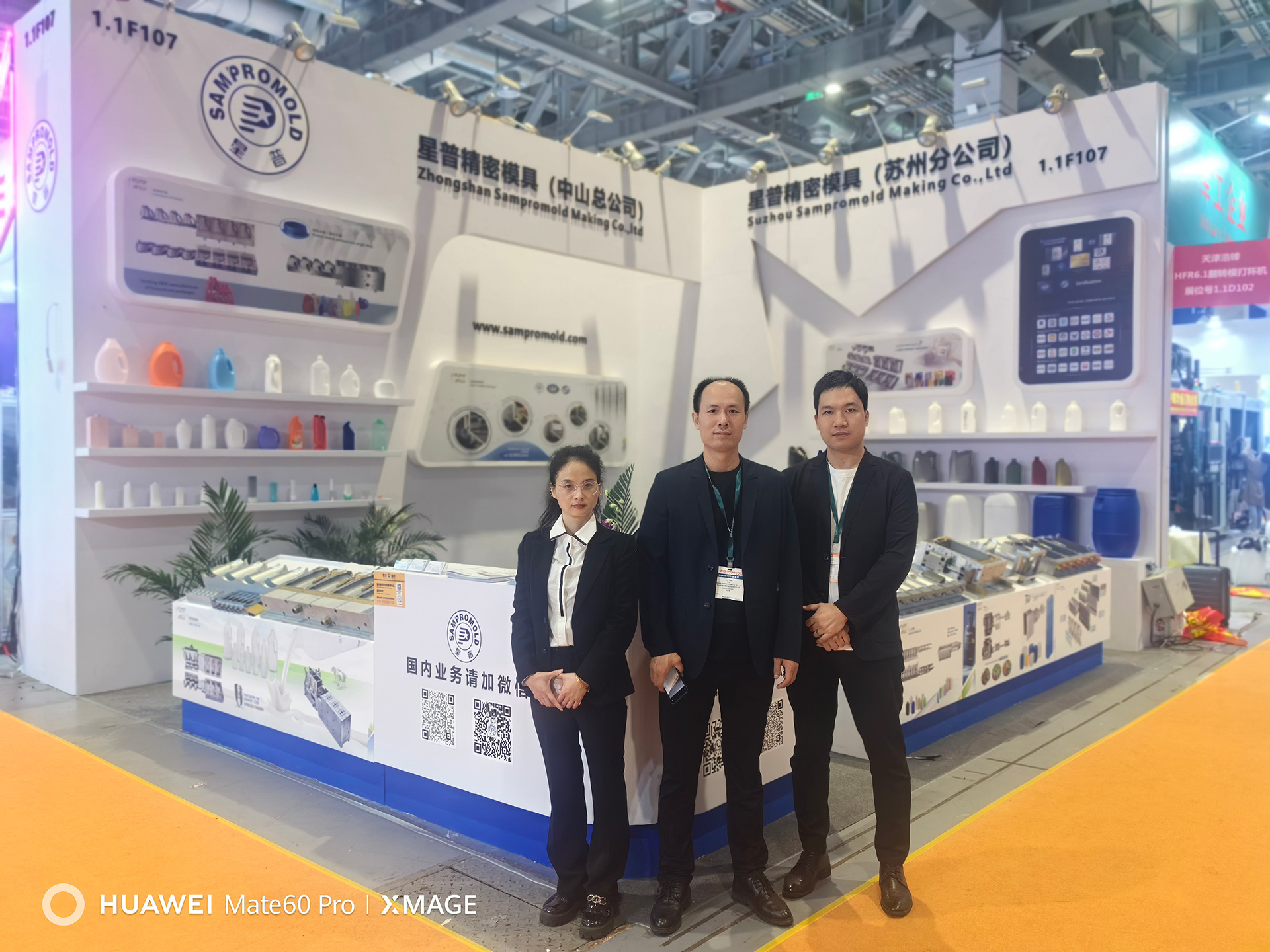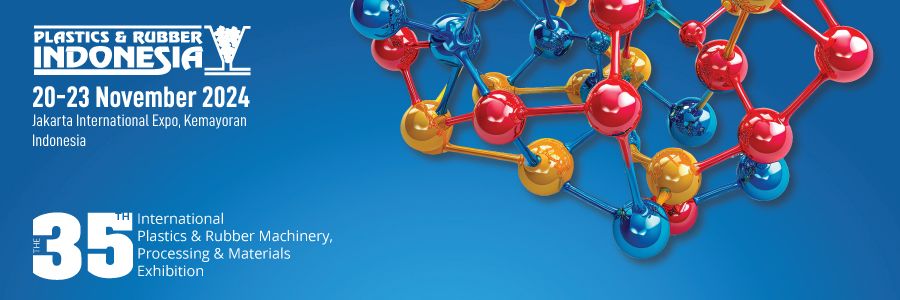Understanding Classy TPE Injection Molds: Key Insights for Professionals
Time:
2025-07-09
In the ever-evolving world of manufacturing, the use of classy TPE injection molds has gained substantial traction, particularly due to their versatility and compatibility with various applications. TPEs are known for combining the characteristics of rubber and plastic, making them ideal for products requiring flexibility, durability, and aesthetics. Understanding the intricacies of classy TPE injection molds can significantly enhance the efficiency and quality of your production processes.
One of the key advantages of TPE materials is their ability to be processed using traditional injection molding techniques. Classy TPE injection molds are designed to meet high standards of precision and detail, ensuring that the final products are of superior quality. These molds can be engineered to create intricate designs, providing manufacturers the flexibility to produce complex geometries that meet specific customer needs.
When designing classy TPE injection molds, it is crucial to consider several factors. First and foremost is the mold design, which must facilitate easy material flow while minimizing defects such as warping and voids. The selection of the right mold materials is also essential; high-quality steel or aluminum can affect the longevity and performance of the molds. Additionally, the cooling system integrated into the mold plays a vital role in cycle times and overall productivity. Efficient cooling ensures that the TPE sets correctly without compromising the integrity of the design.
Another critical aspect is the processing conditions during the injection molding process. Parameters such as temperature, pressure, and injection speed need to be meticulously controlled to achieve optimal results. Classy TPE materials often require specific processing temperatures to ensure proper flow and curing, which can affect the final product's mechanical properties.
Furthermore, the end-use application of the TPE products should guide the choice of material and mold design. For example, if the product will be subjected to varying environmental conditions, selecting a TPE with enhanced resistance to UV light, chemicals, or extreme temperatures is vital.
In conclusion, understanding classy TPE injection molds involves grasping the balance between design, material selection, and processing techniques. By focusing on these elements, professionals in the manufacturing and processing machinery industry can harness the full potential of TPEs, leading to innovative products that meet the demands of the market. This knowledge not only streamlines production but also ensures that high-quality standards are maintained throughout the manufacturing process.
One of the key advantages of TPE materials is their ability to be processed using traditional injection molding techniques. Classy TPE injection molds are designed to meet high standards of precision and detail, ensuring that the final products are of superior quality. These molds can be engineered to create intricate designs, providing manufacturers the flexibility to produce complex geometries that meet specific customer needs.
When designing classy TPE injection molds, it is crucial to consider several factors. First and foremost is the mold design, which must facilitate easy material flow while minimizing defects such as warping and voids. The selection of the right mold materials is also essential; high-quality steel or aluminum can affect the longevity and performance of the molds. Additionally, the cooling system integrated into the mold plays a vital role in cycle times and overall productivity. Efficient cooling ensures that the TPE sets correctly without compromising the integrity of the design.
Another critical aspect is the processing conditions during the injection molding process. Parameters such as temperature, pressure, and injection speed need to be meticulously controlled to achieve optimal results. Classy TPE materials often require specific processing temperatures to ensure proper flow and curing, which can affect the final product's mechanical properties.
Furthermore, the end-use application of the TPE products should guide the choice of material and mold design. For example, if the product will be subjected to varying environmental conditions, selecting a TPE with enhanced resistance to UV light, chemicals, or extreme temperatures is vital.
In conclusion, understanding classy TPE injection molds involves grasping the balance between design, material selection, and processing techniques. By focusing on these elements, professionals in the manufacturing and processing machinery industry can harness the full potential of TPEs, leading to innovative products that meet the demands of the market. This knowledge not only streamlines production but also ensures that high-quality standards are maintained throughout the manufacturing process.
RELATED NEWS












